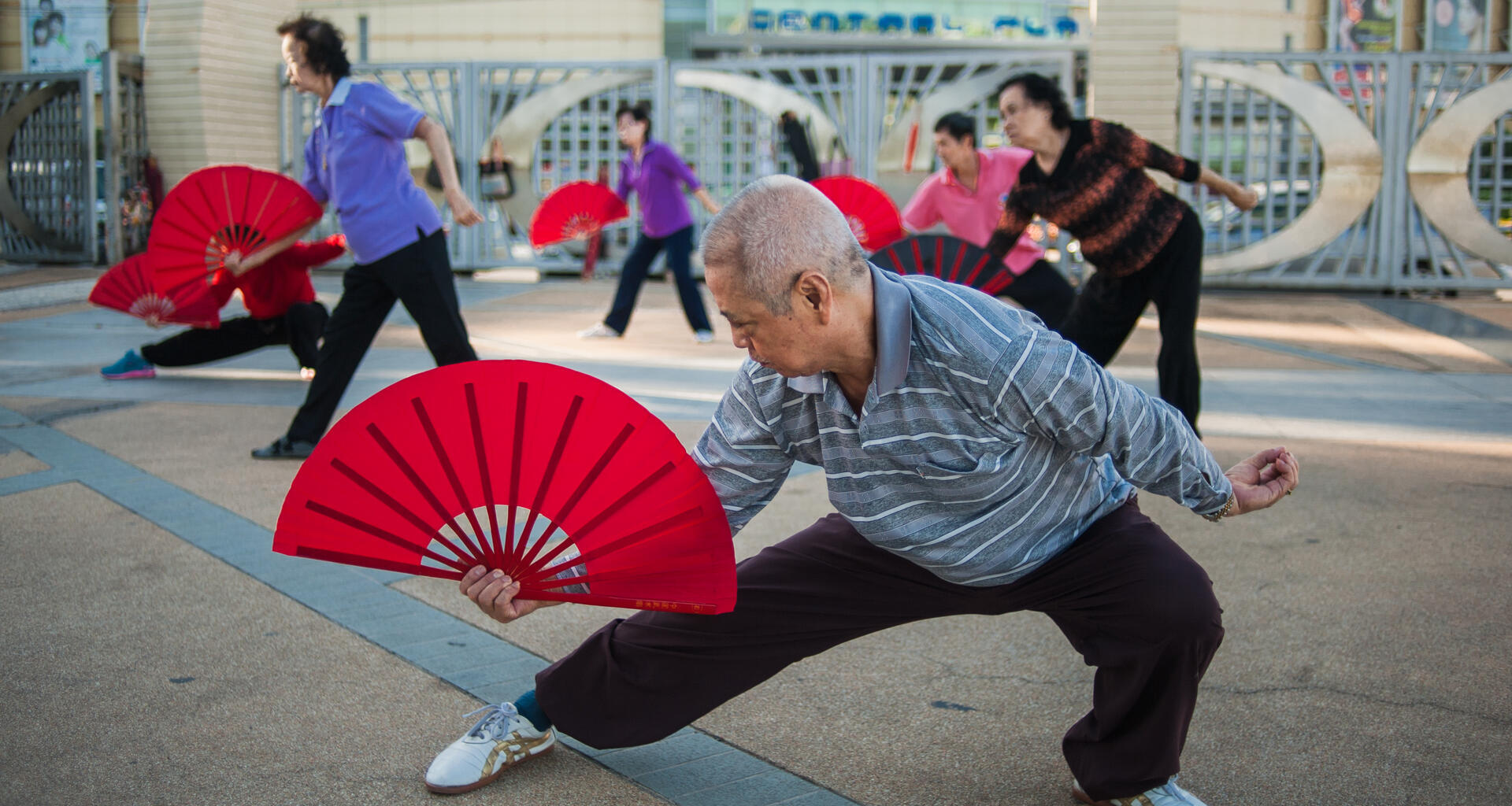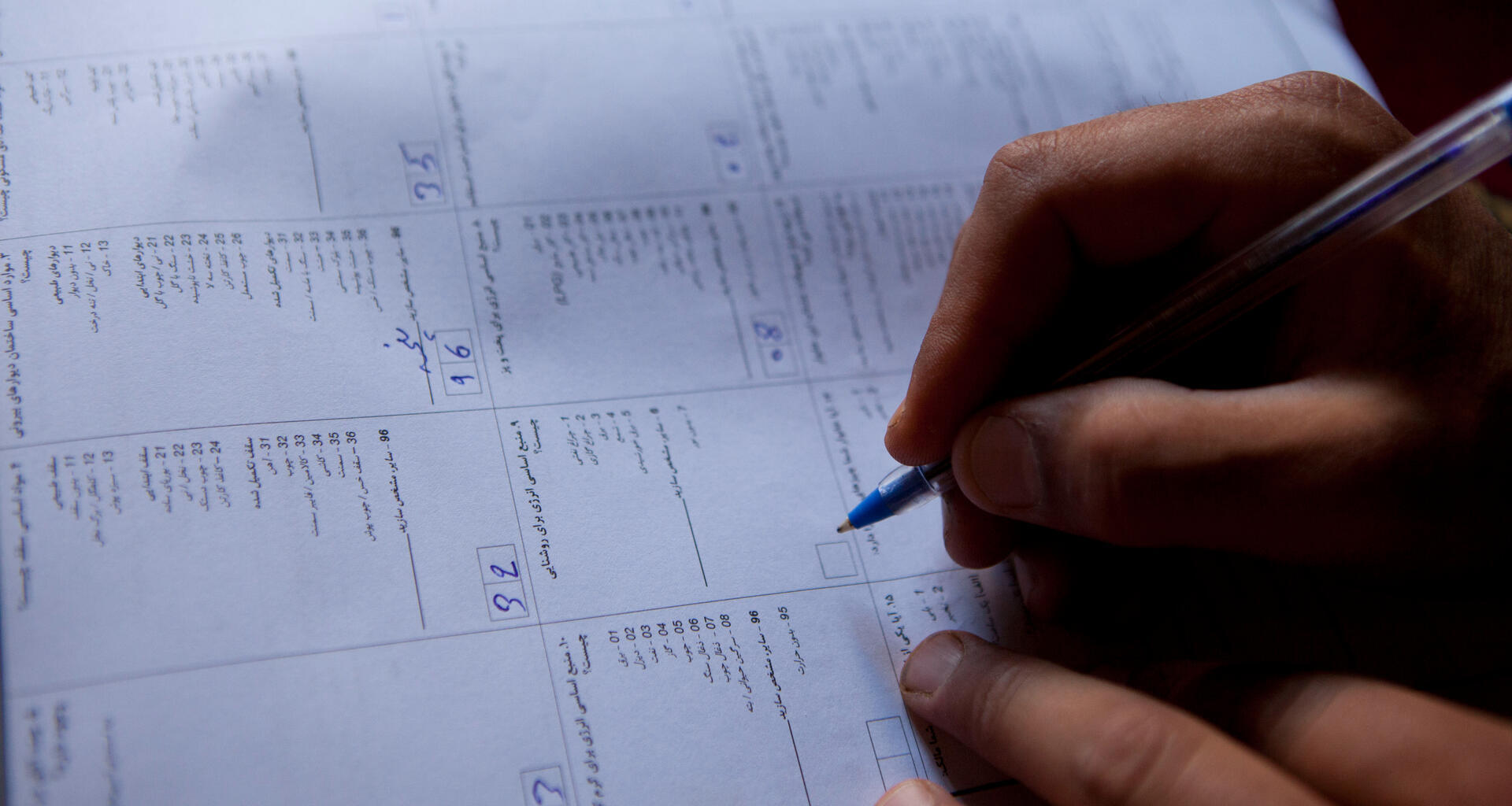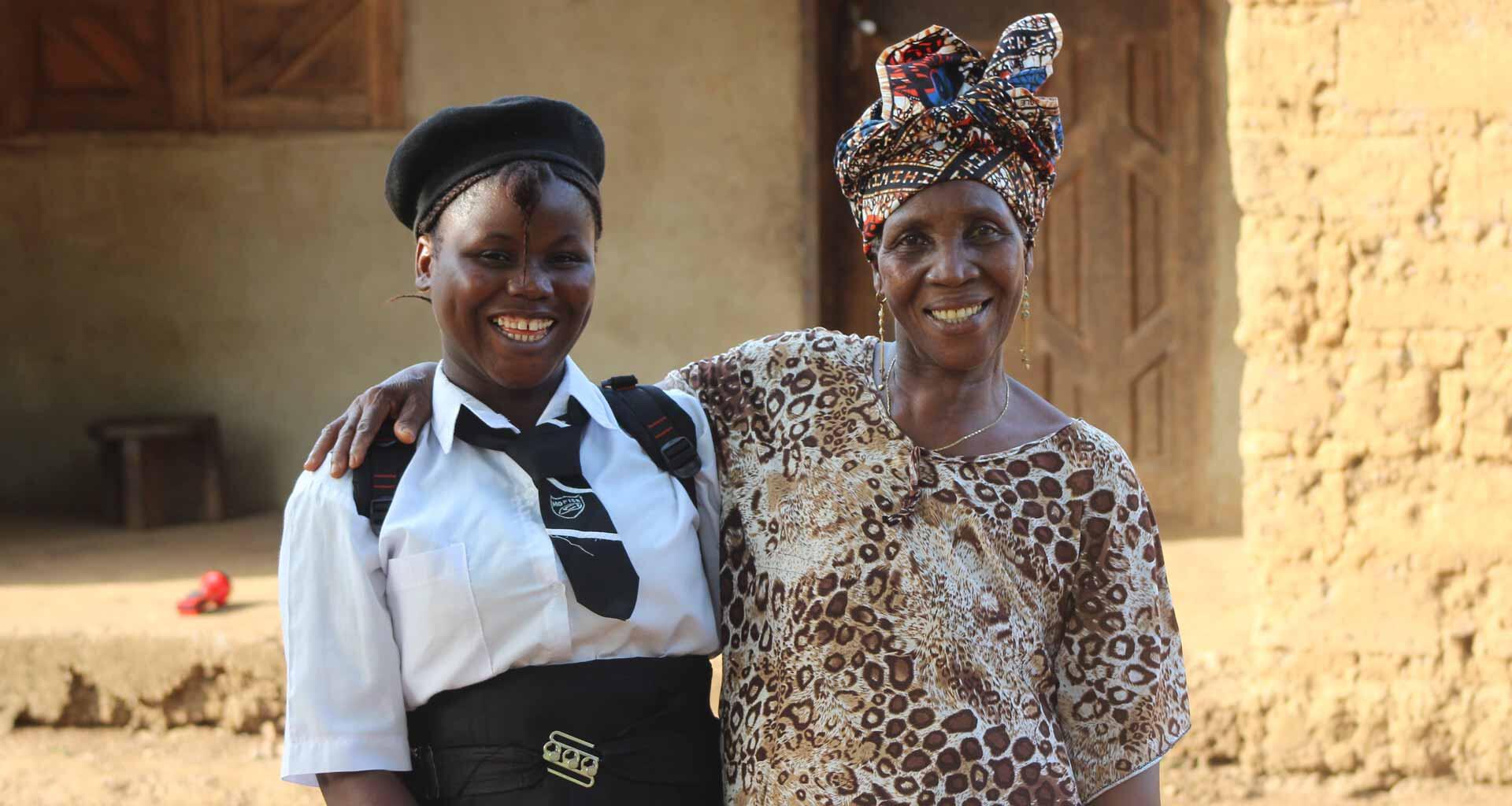From changing temperatures to strengthening storms and rising sea levels, the effects of climate change are impacting all of us. This is a global emergency and one of the greatest challenges facing humanity today. Urgent action is needed, requiring coordination at – and solutions from – all levels.
At the forefront are the poor and most vulnerable, who often lack the resources to adapt to the changing climate and to protect their livelihoods and well-being. Communities need locally available solutions to strengthen their ability to adapt, as well as scaled-up and targeted action. In particular, women and girls – who are already disproportionately impacted – will continue to be left behind if such measures are not enacted.
UNFPA is working with governments and other partners to support adaptation and resilience to climate change, and to put women and girls at the centre of these efforts. As the world responds and adapts to the unfolding crisis, these actions must uphold the human rights of all.








